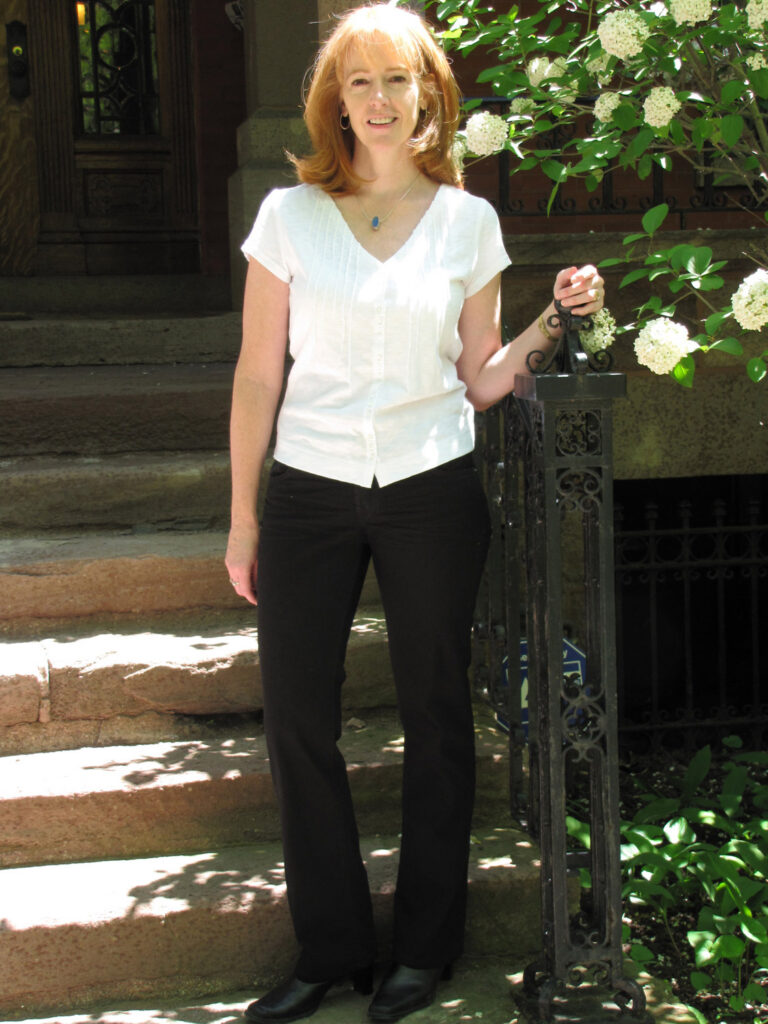
Key Takeaways:
Our turn: Caty Pilachowski
Caty Pilachowski is the Kirkwood Chair in Astronomy at Indiana University in Bloomington.
What has been the greatest challenge you faced in your career?
Probably learning not to get stuck. When one path doesn’t work, keep the goal in sight and find another way. That is especially true in astronomy, where we have to work pretty hard to design an experiment around variables we can’t control. But it’s part of the fun, too.
What’s one advance in astronomy you’d like to see in the next 10 years?
For me, the most exciting advance will be the completion of the Large Synoptic Survey Telescope. It’s going to transform how we do astronomy in ways we can’t even imagine now. The science is so far-reaching that it will affect every field in astronomy and fundamentally change how we learn about the universe.
Getting to know Amy Mainzer
Amy Maziner is the Wide-field Infrared Survey Explorer (WISE) Deputy Project Scientist at the Jet Propulsion Laboratory in Pasadena, California.
Coolest thing you’ve learned through your research:
There are lots of cool things I’ve learned in astronomy, but the most important aspect is the perspective I’ve gained from it all. I feel lucky to understand a little about our place in the universe and how we got here. It never ceases to amaze me that we can be sitting here on Earth in some mundane environment, and yet we can learn about some of the most fantastic things: exploding stars, other planets, or distant galaxies at the beginning of the universe. Astronomy has also taught me that Earth is a pretty special place: That “mundane environment” I just mentioned is actually the most wonderful and precious, our only home. Transporter beams and warp drive are pure science fiction, so even if we find other earthlike planets, we’re not going there anytime soon. We must protect our home.
Major goals for the next 5 years:
I’m really looking forward to getting some great results out of WISE, particularly about asteroids and brown dwarfs. But I’m looking to expand my knowledge into other areas as well — we’ll see where the science takes me! Over the next 5 years, I also want to find a new project to start on after WISE. I hope to keep working on space missions because there’s nothing quite like the excitement of watching something you built blast off into space.
Greatest challenge facing astronomy today:
As projects become more massive and expensive, we need to be sure that we’re training the next generation of instrument builders who have the expertise to implement them with a realistic understanding of what can be done. Without that experience, it’s hard to avoid cost overruns and technical problems. Smaller telescopes cost less to build and operate, and they’re an important training ground for future instrumentation astronomers. Plus, some of the most innovative discoveries and technologies have been developed on small telescopes: You wouldn’t be given the time to experiment with a bigger, more expensive telescope without first doing research on a small one. So we need to maintain a good balance between small and large projects.
Favorite thing to do in your space time:
I love to garden with native California plants. I’m fascinated by the marvelous adaptations they’ve developed to deal with Southern California’s climate and their endless variety and beauty. Trying to learn how to make them grow and watching the ecosystem evolve as they do is like watching a movie or reading a story. Plus, it’s a great excuse to get outside, get some exercise, and get away from the computer! Astronomy has become a very computer-intensive field, so I try to cultivate hobbies that are removed from that.
Astro Fascinations: Evalyn Gates
Evalyn Gates is the assistant director of the Kavli Institute for Cosmological Physics at the University of Chicago and author of Einstein’s Telescope: The Hunt for Dark Matter and Dark Energy in the Universe (W. W. Norton, 2009).
What fascinates you about dark energy and dark matter?
Since the discovery more than 10 years ago that the expansion of the universe is accelerating, the evidence for an overwhelmingly dark universe — a universe that is roughly 23 percent dark matter, 72 percent dark energy, and only 5 percent “normal” matter — has grown stronger. High-precision maps of the ancient light from the Big Bang (the cosmic microwave background, or CMB) obtained by the Wilkinson Microwave Anisotropy Probe satellite, as well as detailed measurements of the distribution of galaxies from large surveys such as the Sloan Digital Sky Survey, have provided complementary data that reinforce this strange model of the cosmos.
This has brought us to what I think is the “perfect storm” for scientists — our basic Big Bang model of an expanding and evolving universe works extremely well, but we do not yet know what comprises the vast bulk of this universe. What is dark matter? What is the nature of the dark energy that is fueling the accelerated expansion of the universe? The answers to these two questions promise to revolutionize our understanding of the fundamental nature of the universe, providing irresistible motivation for diving headfirst into the unknown.
The search to ferret out the composition of the universe has already had an impact on the way science is done, blurring the lines between formerly distinct fields of study at very different ends of the distance spectrum. Particle physicists exploring new theories with extra dimensions of space-time, cosmologists playing with modifications to Einstein’s theory of gravity, and observational astronomers studying clusters of galaxies are all working closely with one another as they focus in on finding the dark components of the cosmos.









